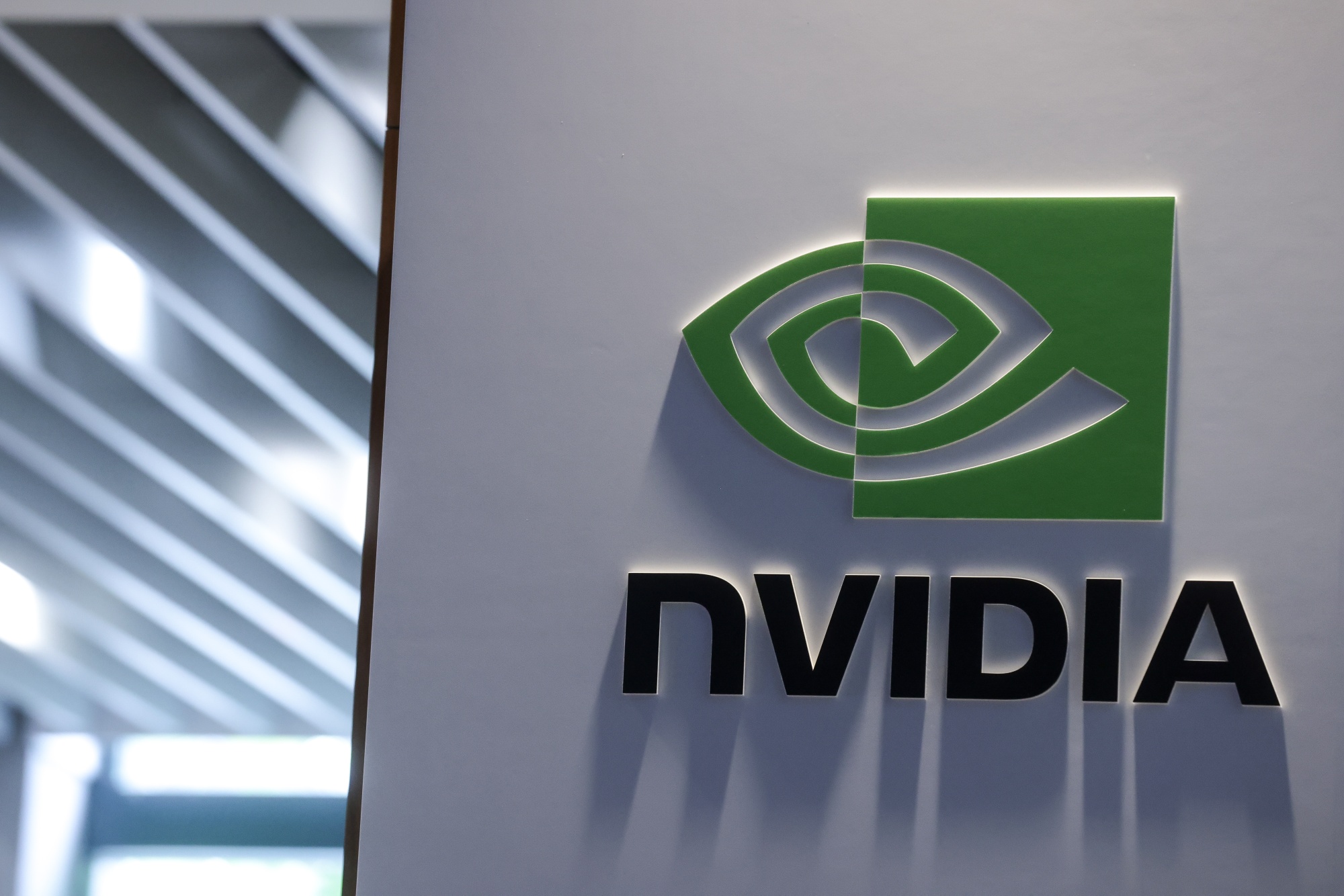
- Company overview
How Nvidia achieves success and earns money
Do you want to know how to make money from this?
Register for free and get expert advice, access to a training course and webinars.
Nvidia’s quarterly report, expected to be published on Wednesday, February 21, keeps major US stock market indices on edge. News about the chip developer has not ceased to subside in recent months – all thanks to the company’s innovative solutions in the field of artificial intelligence. So it’s finally time to take a closer look at how exactly Nvidia makes money.
Nvidia is a corporation specializing in the development and sale of graphics processors. The company provides an extensive array of products catering to diverse sectors, including the general consumer market (such as gaming and cryptocurrency mining) and professional domains (including applications in vehicles and robotics). Notable competitors for Nvidia within the market include Intel Corp. and Advanced Micro Devices Inc.
Nvidia’s business segments
In the first quarter of fiscal 2021, Nvidia changed its reporting structure for its operating segments. Now the company distinguishes two main directions:
- Graphics, compute and networking: This segment includes all Nvidia products and services related to graphics processing units, computing and networking solutions.
- All others: This includes all expenses that do not fall into the first segment – such as research and development, marketing and sales expenses.
Graphics
The Nvidia graphics segment is a wide range of products and solutions intended for both mass and professional use. It includes solutions:
- For gaming: GeForce GPUs for PCs and laptops, GeForce NOW game streaming service, and solutions for gaming platforms.
- For working: Quadro/NVIDIA RTX GPUs for 3D modeling, design, and other demanding workloads, plus GRID software for cloud-based visual and virtual computing.
- For the automotive sector: platforms for infotainment systems used in modern cars.
Computing and Networking
Nvidia’s Compute and Networking segment also targets a variety of application areas. It includes:
- Data Center Platforms: High-performance systems designed to solve complex artificial intelligence, high-performance computing, and accelerated computing problems.
- Networking and interconnection solutions: provide high-speed and reliable data transfer, as well as seamless integration of various devices and systems.
- Automotive solutions: AI Cockpit platform, systems for developing autonomous driving, as well as products for controlling autonomous vehicles.
- Cryptocurrency mining processors: provide high performance and energy efficiency when mining cryptocurrencies.
Other segments
All other categories include expenses not related to the other two segments. Such expenses include stock-based compensation, corporate infrastructure and support costs, intellectual property-related costs and other non-recurring costs that are considered corporate.
Do you want to know
How to make money from the news
Register for free and get:
- Expert consultation;
- Access to the training course;
- Opportunity to participate in webinars

